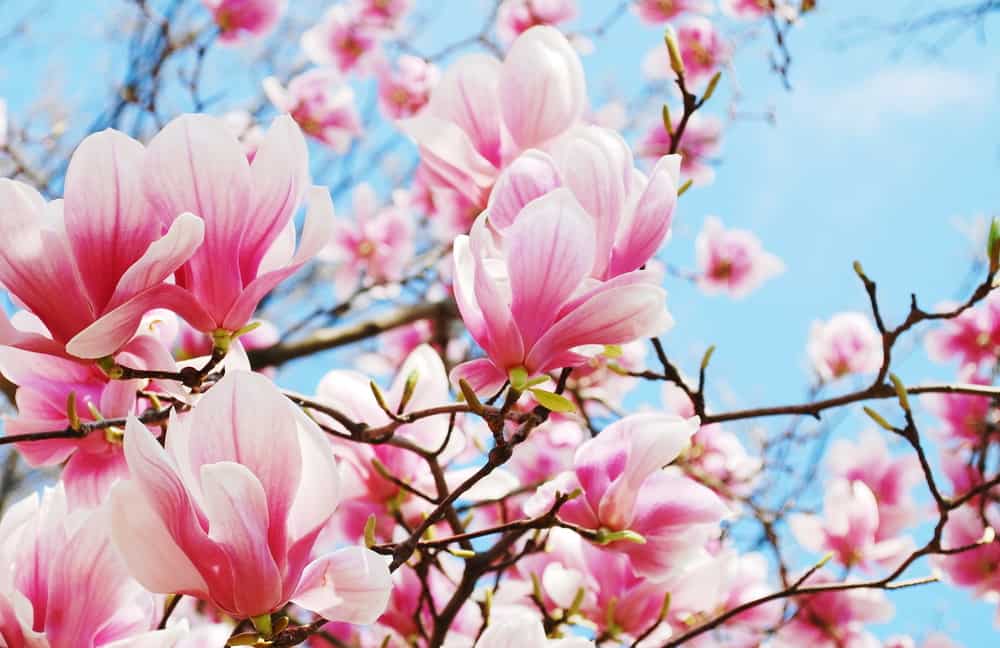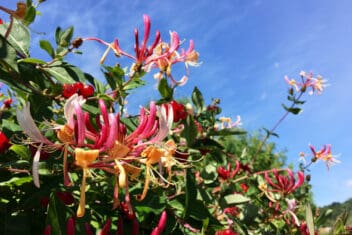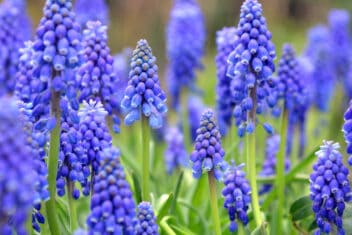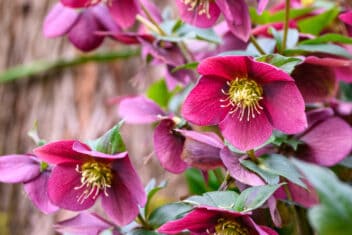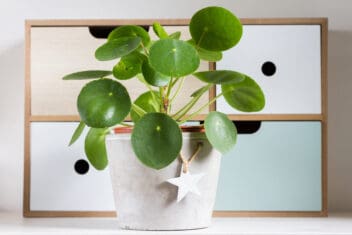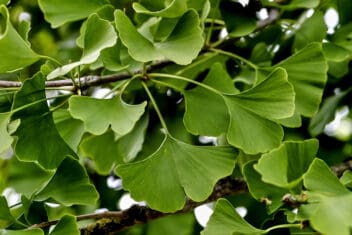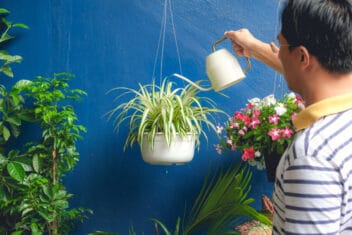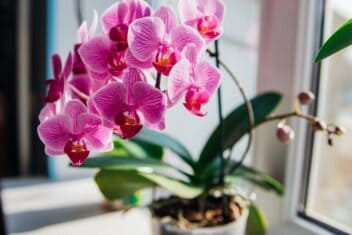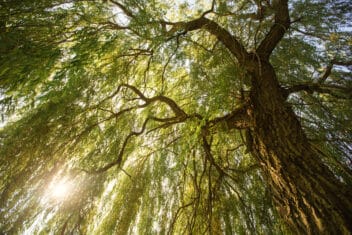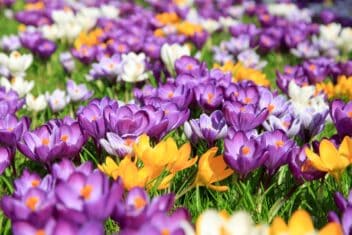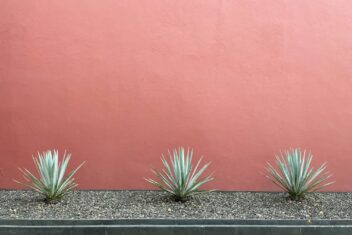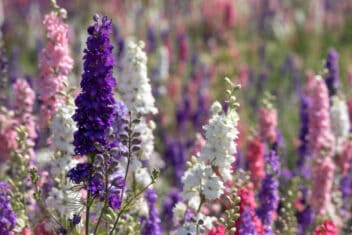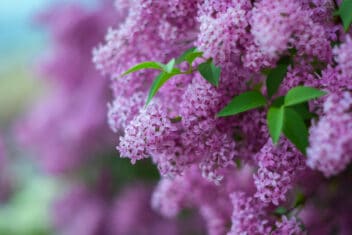Magnolias are loved by people around the world for their big, colorful flowers, which is why so many people are growing magnolias. They are highly fragrant and add elegant color to your garden in shades of yellow, pink, white, purple, and red.
Magnolias come in shrub and tree form and can be evergreen or deciduous. The foliage varies dramatically in color and size, and on top of all that, they are easy to grow and maintain.
If you want beautiful color in your garden, then magnolia won’t let you down. They produce a lot of flowers and even the leaves add color.
Let’s talk about growing magnolias and how to achieve success.
What are Magnolias?
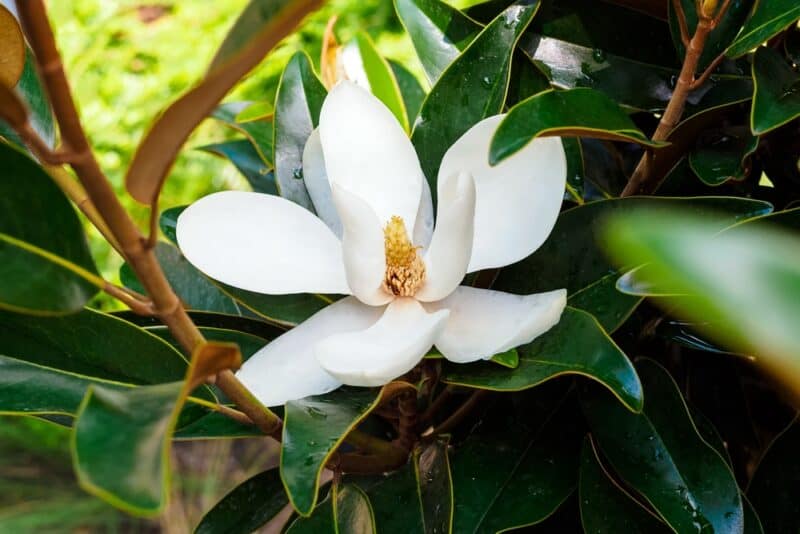
Magnolias are one of the oldest flowers, growing wild since prehistoric times. It’s possible they existed before bees developed, so they relied on beetles for pollination.
There are over 200 species in the Magnolia genus. There are many natives in tropical, subtropical, and temperate climates in locations as diverse as North, Central, and South America, Asia, and the Caribbean.
Magnolias are grown all around the world and it’s safe to say you should probably be able to find a magnolia that suits the climate where you live.
There are different species and cultivars that grow in USDA Growing Zones 3 to 10. To find one that will thrive where you live, check out a local nursery. They usually carry one or two that will do well in your area.
8 of The Best Magnolias to Grow
If you’re growing magnolias, these are probably the species you’ll come across. This list could go on all day, but these are some of the eight most common ones for growing in home gardens.
1. Southern Magnolia
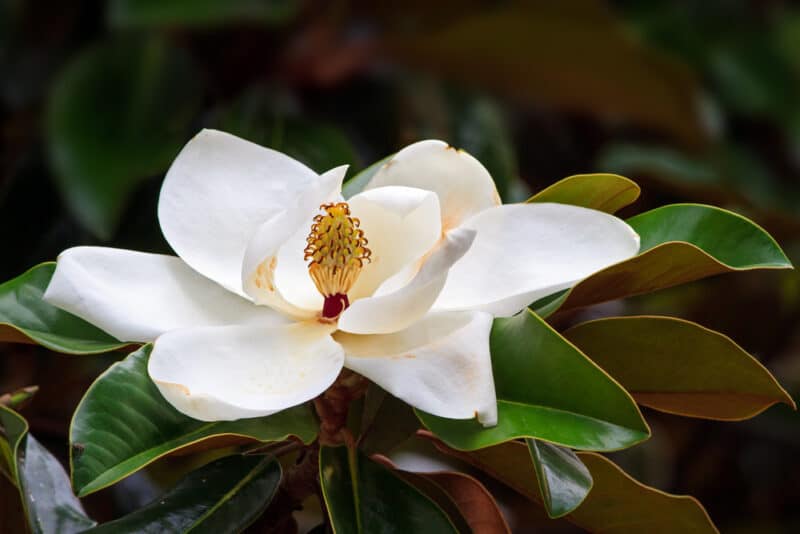
Southern magnolia (M. grandiflora) is a well-known evergreen with an upright habit and can grow up to and over 60 feet. The species produces lots of white to cream flowers, but you can find hybrids and cultivars that have pink or yellow hues.
The plant will produce blooms from late spring, through summer, and into late fall. Grow in Zones 7 to 10 in full sun to part shade.
Southern magnolia is native to the southeastern United States.
2. Star Magnolia
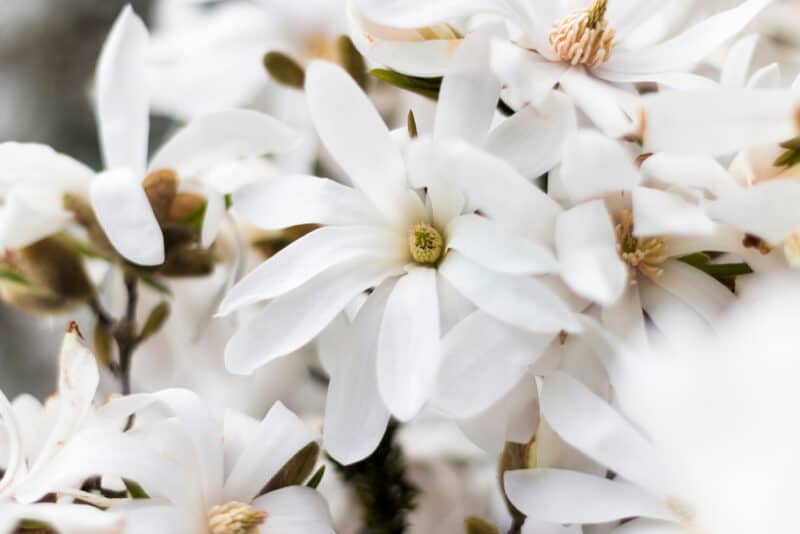
Smaller than the southern magnolia, this deciduous variety tops out at about 20 feet in height. It’s a slow grower and lets you know when spring is coming because this magnolia is a reliable and early bloomer.
In fall, star magnolia (M. stellata) will produce bright orange seed pods that attract birds to your garden. This is a native magnolia to Asia, but suits growing Zones 4 to 9.
3. Saucer Magnolia
This deciduous species grows as a multi-stem shrub, but you can train it when it’s young into a single-trunk tree if you want. Large, green leaves contrast nicely with the pink or white blooms.
Even though saucer magnolia only flowers for around two weeks, the blossoms are bright, bold, large, and dramatic. No wonder so many people are growing magnolias from this species.
Make space for a plant that gets to about 25 feet tall and wide.

Saucer magnolias (M. soulangeana) are messy all at once with the sudden flower drop, rather than constantly dropping flowers over a month or so. You’ll need to clean it all up or you end up with a slimy, slippery mess.
4. Champaca Magnolia
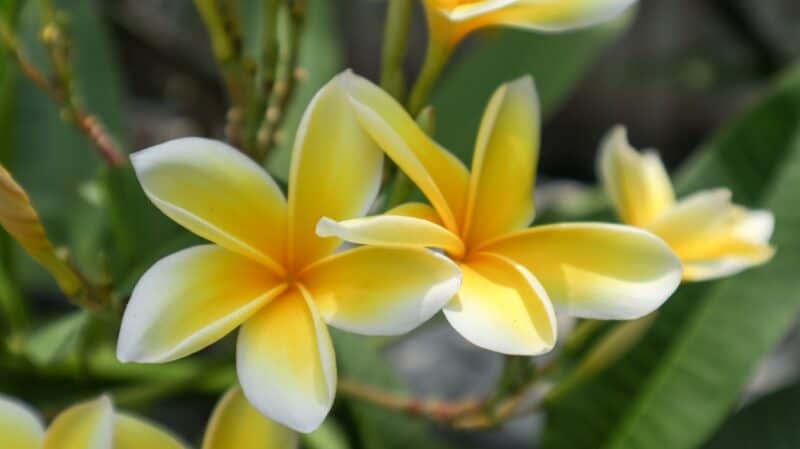
This native of Southeast Asia is known for its fragrant flowers and is often used in perfumes. You get an abundance of flowers because the blooms form along the branches, not just the tip. The flowers can be cream, yellow, or a mixture of yellow and orange.
Champaca trees (M. champaca) flowers all through spring, and sometimes randomly bloom in winter, which is a nice surprise.
This species can grow up to 30 feet tall and wide, and sometimes more. If you want to try growing magnolias in a smaller space, it’s a good option.
5. Sweetbay Magnolia
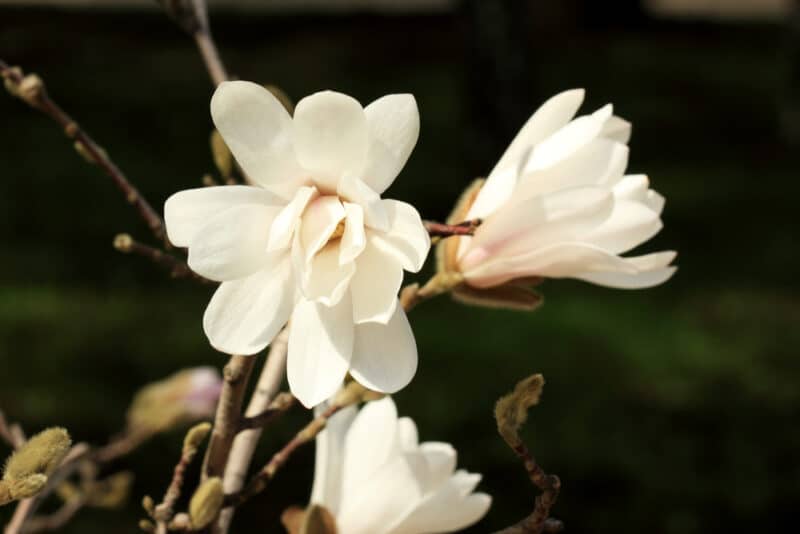
Despite having the unattractive name of swamp magnolia (M. virginiana), this is actually a beautiful shrub or tree.
Sweetbays are native to North America and, depending on your climate, can be evergreen or deciduous. The flowers are white and lemon-scented. They open in the morning and close at night, before dropping from the plant after a few days.
There are various cultivars of sweetbays that grow at different rates and to various heights, so take a look at what’s out there. These are perfect if you’re growing magnolias in warm regions of the US.
6. Cucumber Tree
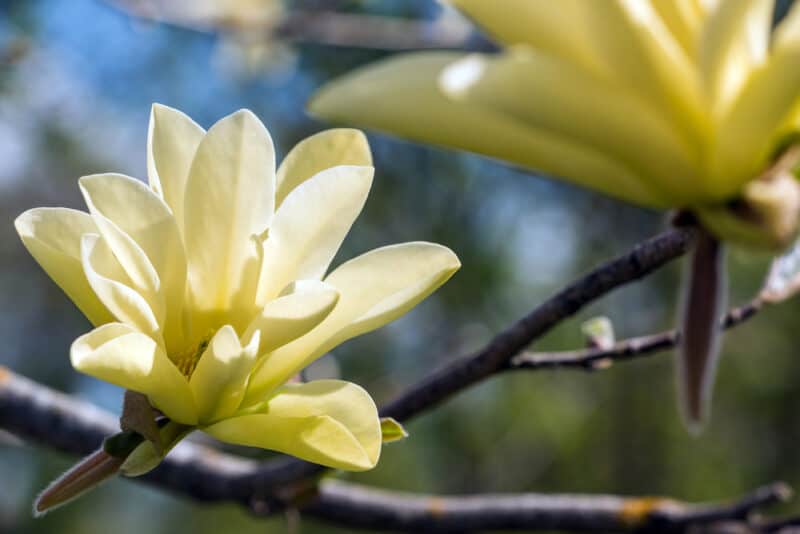
This is one of the hardiest varieties of magnolias (M. acuminata) for growing in colder regions. It can grow up to 70 feet tall in the wild and is winter hardy to Zone 4.
Native to eastern North America, you will usually see cucumber trees hybridized with other species.
The trunks can be massive, and the flowers form distinctive fruit cones.
The yellow-green blossoms are up to three inches long. The tree itself is a slow grower, gaining about two feet per year.
7. Kobus Magnolia
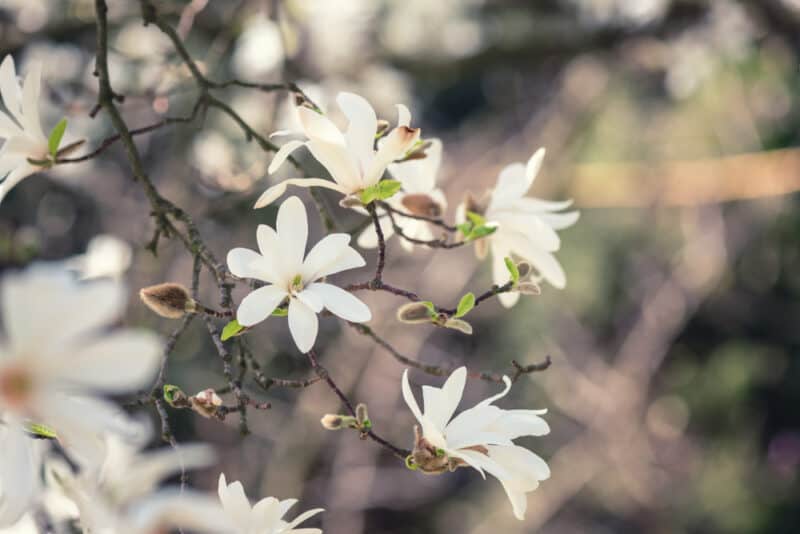
From the same group as star magnolia, Kobus (M. kobus) is cold and heat tolerant, and it produces very fragrant blooms. Frosts may damage the foliage if they are late and the plant has started producing leaves and buds.
Kobus is a smaller variety great for landscaping. It is slow growing but may reach up to 25 feet in optimal conditions. Multiple trunks will naturally form, so if you prefer the single-trunk, choose a central leader.
8. Sargent Magnolia
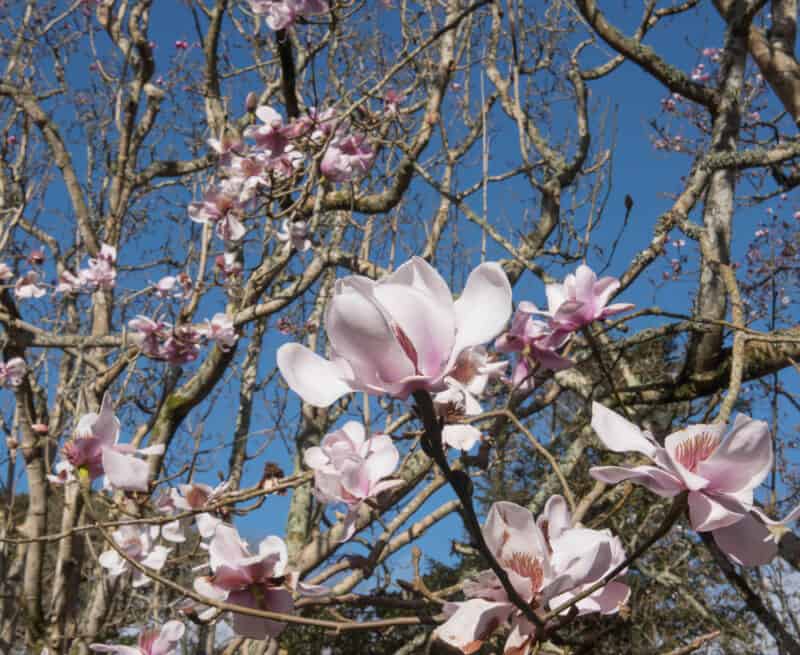
From the same deciduous group as saucer magnolia, sargent (M. sargentiana) dislikes heavy wind and any salt spray. It is sensitive to frosts, too and a late frost can ruin that year’s blossoms.
Consider protecting sargent by planting it in a protected area.
This species grows up to 70 feet tall, so you need lots of space. The flowers are up to 10 inches across, though sargent trees may take many years before they bloom.
Propagating Magnolia
There are a few ways to propagate magnolia, but I prefer to keep it simple. If you’re experienced at air layering, try that method. I prefer the cutting method.
Growing Magnolia Cuttings
- Choose young branches and take a 10-inch cutting off the end.
- Stand the cuttings in a jar of water straight away because they dry out quickly.
- Remove all the leaves except the top two. If those are large, cut them in half crossways.
- Fill a 12-inch container with drainage holes with rooting medium, or use a seed-raising mix.
- Dip the cuttings into rooting hormone.
- Use a pencil to make holes in the medium, and place the cuttings in. Plant a few in one container, as long as it’s big enough for about two inches between each cutting.
- Mist the medium well, and cover the container and cuttings with a plastic bag.
- Keep out of direct sunlight but in bright, direct sunlight.
- Water when dry and, within two to four months, the roots will have formed enough to plant out in the garden or a bigger container.
How to Care for Magnolia
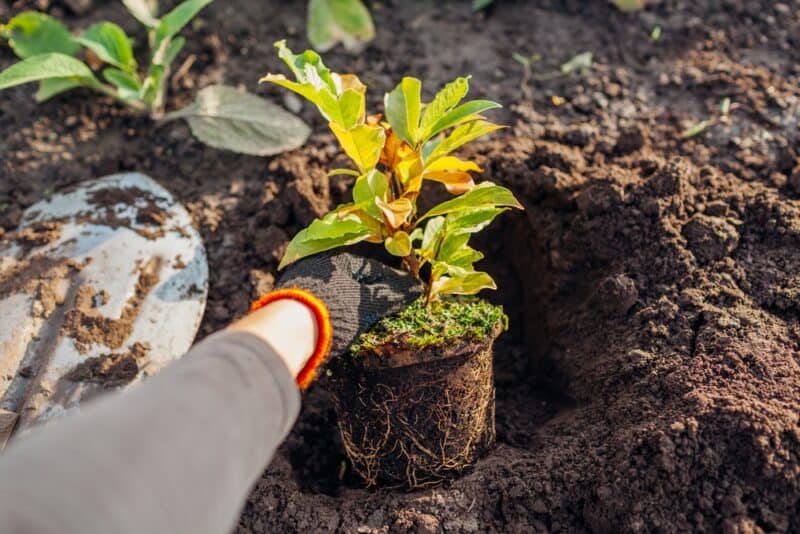
Plant deciduous magnolia when they are dormant in late fall or early winter in warm areas, and early to mid-spring in cold areas.
Plant evergreen magnolias in early spring wherever you live.
You should be growing magnolias in full sun or light shade. In mild areas, full afternoon sun is okay. Otherwise, a little afternoon shade is fine.
Try to avoid high-wind areas, because the flowers can be damaged by heavy winds.
Magnolia is a reasonably high-need plant for fertilizer. Feed in spring, summer, and fall with well-rotted compost. They also like dried coffee grounds. If they are too wet, mold can develop and cause health issues with the plant.
Magnolias grow well in containers, especially if you are growing a dwarf cultivar. Just make sure you water well and the growing medium doesn’t dry out.
Aim for a soil pH of 5.0 to 6.0 in the garden. Use potting mix for containers.
Companion Planting for Magnolia
There are a lots of plants that go well with magnolias. If you’re growing magnolias, consider adding these to the collection:
Problems for Growing Magnolias
Growing magnolias isn’t without problems and those that are growing in less-than-ideal conditions are more susceptible to issues.
Wetwood
Otherwise known as slime flux, this bacterial disease is common among many trees and shrubs including magnolia. Symptoms include a wet patch on the wood that oozes or bleeds.
Wetwood isn’t usually deadly, but it can cause vigor issues over time.
To support your tree so it can fight off a serious infection, keep it well-fed and healthy. Prune any weak or diseased branches and twigs.
Algal Leaf Spot
Trees with leathery leaves, like magnolias, can be affected by algal leaf spot, which can mar the appearance of a magnolia and make it look diseased and unhealthy. The foliage ends up with gray spots all over it.
It’s far more common in humid weather because algae needs moisture to survive. That’s also why you should always water the soil, not on the foliage.
When the symptoms are present, use a copper fungicide every 7 to 10 days.
Remove infected leaves and throw them away in the garbage, not the compost. As the leaves drop to the ground, pick them up and remove them from the area.
Bacterial Blight
Watch for bacterial blight in cool, humid weather. It starts with small, watery spots on the foliage, before turning into dark, irregularly shaped spots. Sometimes the dark spot turns into a hole in the leaf.
Use copper fungicide every two weeks until you see no more signs of the disease.
Prune heavily infected branches out of the tree and destroy them rather than composting or chopping them.
Keep an eye out when cool rain follows hot, dry weather. Those are the conditions that this disease favors.
Crown Gall
This is caused by a bacterium that enters the plant through wounds or cracks in the plant. Read our article here on how to identify and deal with crown gall.
Wood Decay
This is reasonably common in older magnolias and can be caused by various different fungi, including Armillaria. The fungi enters the plant through cracks or wounds, especially where the branches and trunk meet.
The wood appears wet and rotten as the disease progresses.
Clean the wound out with a sharp knife. Make sure you only cut the infected wood away, not the healthy tissue.
Spray the area with copper fungicide. Let it dry and spray with an alcohol-based spray. Feed the magnolia plant with a well-balanced fertilizer and water in well.
Best Uses
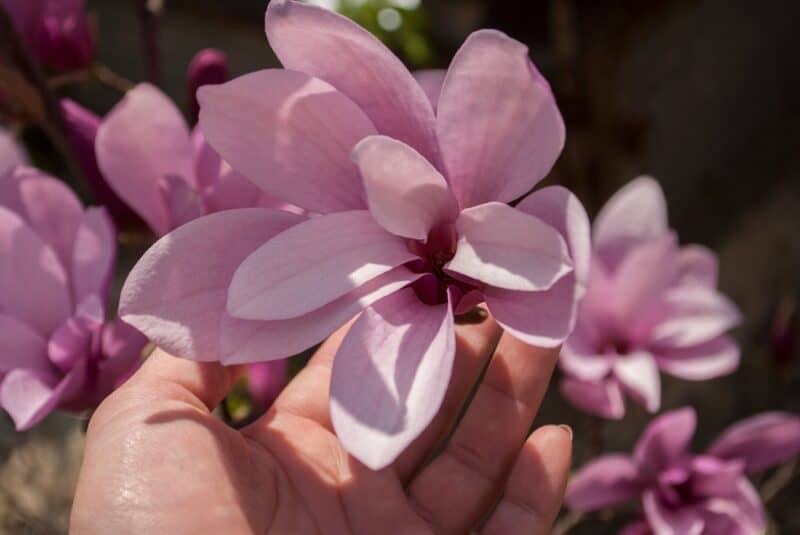
Depending on whether you have a smaller tree, a shrub, or a big, towering specimen, you can use your magnolias as a centerpiece, a shade tree, or an accent in the garden. However you’re growing magnolias, they always add something special to the space.
The petals and the centers (the carpals and stamens) are edible. Pickle the centers and use the petals in sandwiches, salads, and more.
As with any new and foraged food, you should always sample just a little at first to make sure you aren’t allergic. All magnolias are edible but not all taste good.
